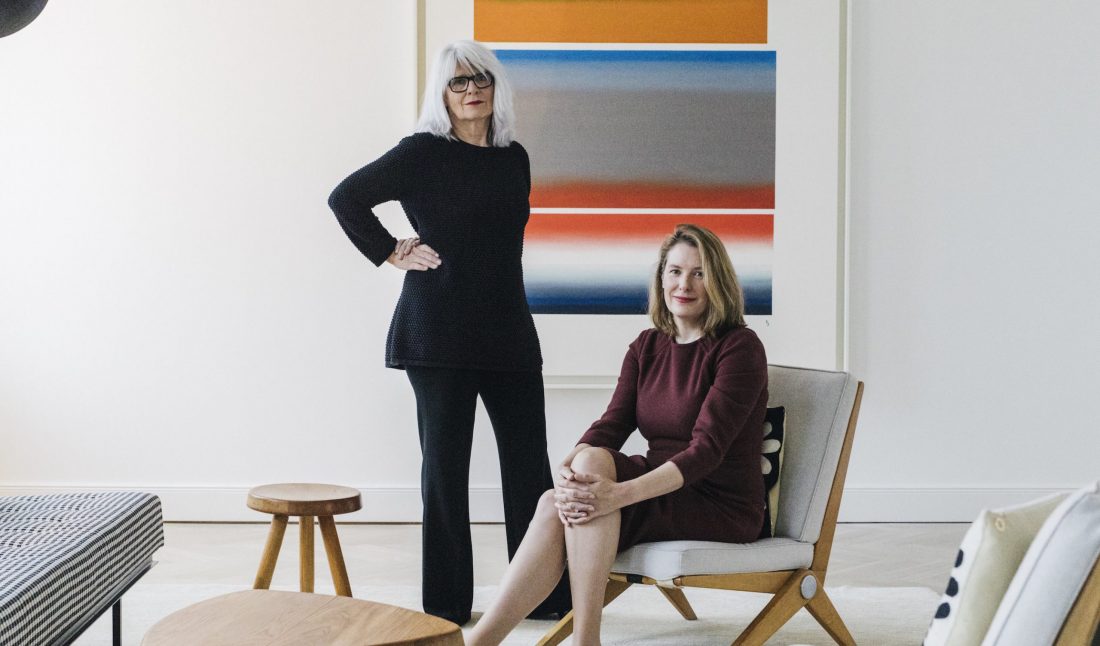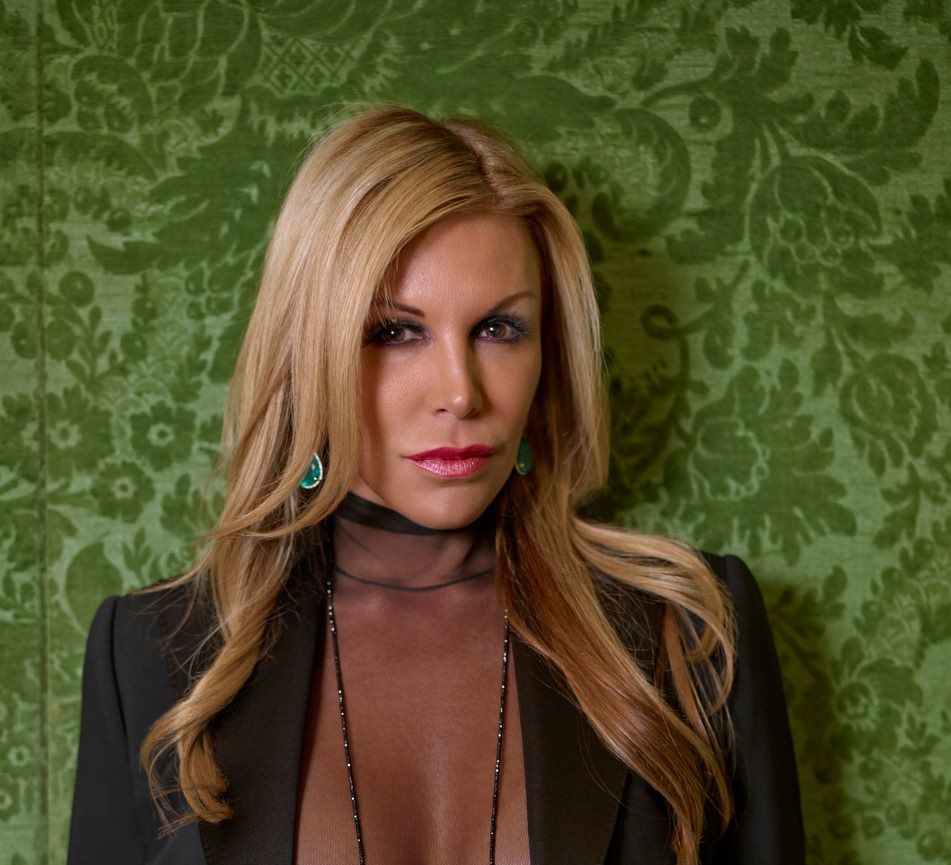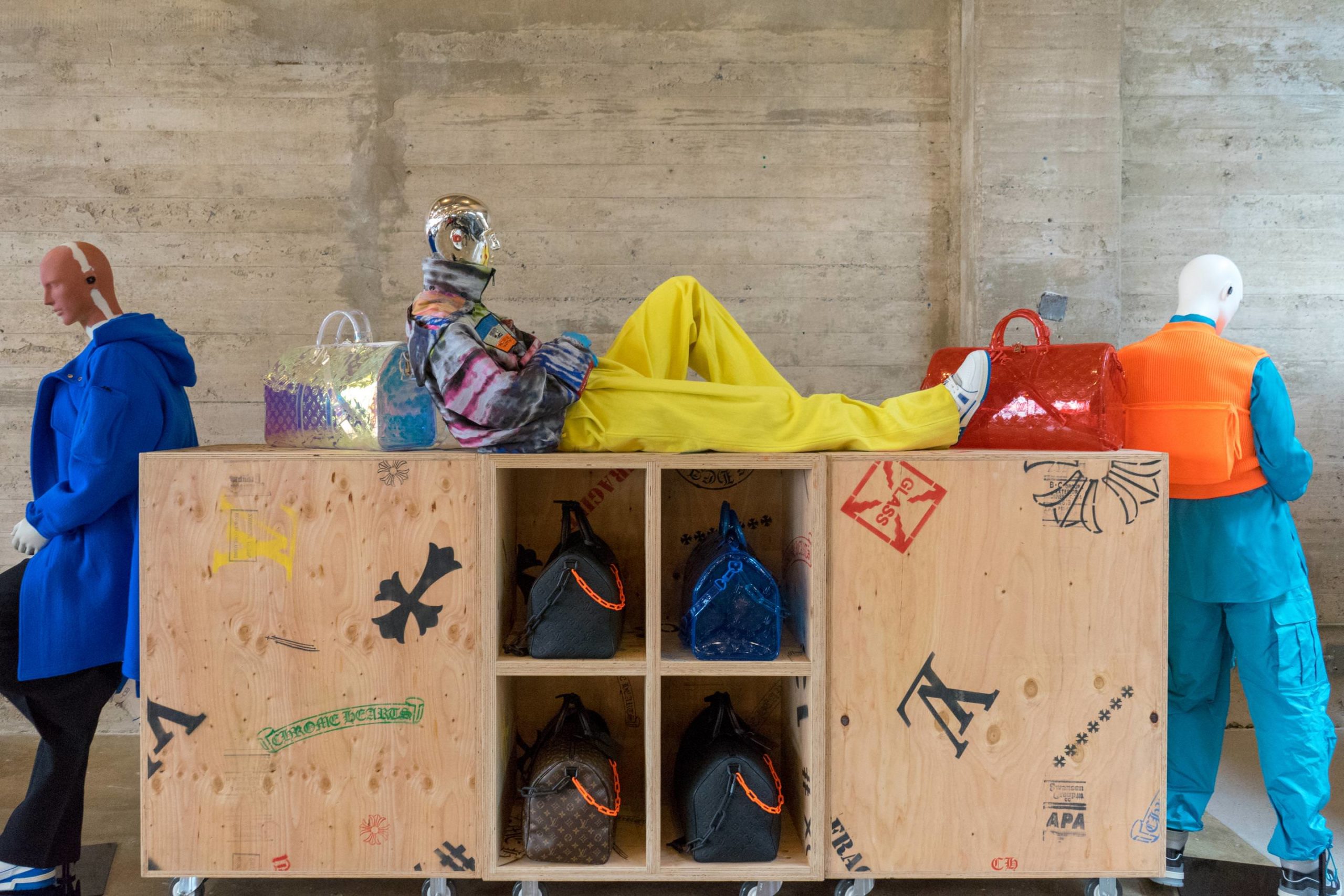Monika Sprüth and Philomene Magers are matriarchs of contemporary art. Their gallery currently has spaces in London, Berlin, and Los Angeles, but it began in the later 1990s when Sprüth mentored Magers and invited her to collaborate on a shared program in Cologne featuring artists Jenny Holzer, Barbara Kruger, Cindy Sherman, Sylvie Fleury, and Karen Kilimnik. Although their gallery also represents acclaimed male artists such as John Baldessari, Donald Judd, and Richard Prince, their program evolved organically from their shared interests, and their artists’ own concerns, into a roster representing many of recent history’s most intellectually and aesthetically influential and progressive female artists. Revisiting a dialogue we began in Whitewall, we met for tea in Sprüth Magers Berlin on the eve of Sherman’s 16th solo show at their gallery, to discuss art, activism, feminism, and the future.
WHITEWALL: When we scheduled this interview, I was excited to carry forward a conversation that we started seven years ago. Today, the week after the Women’s March around the world, meeting again feels especially urgent and meaningful. How can women artists be vocal and evoke difference now?
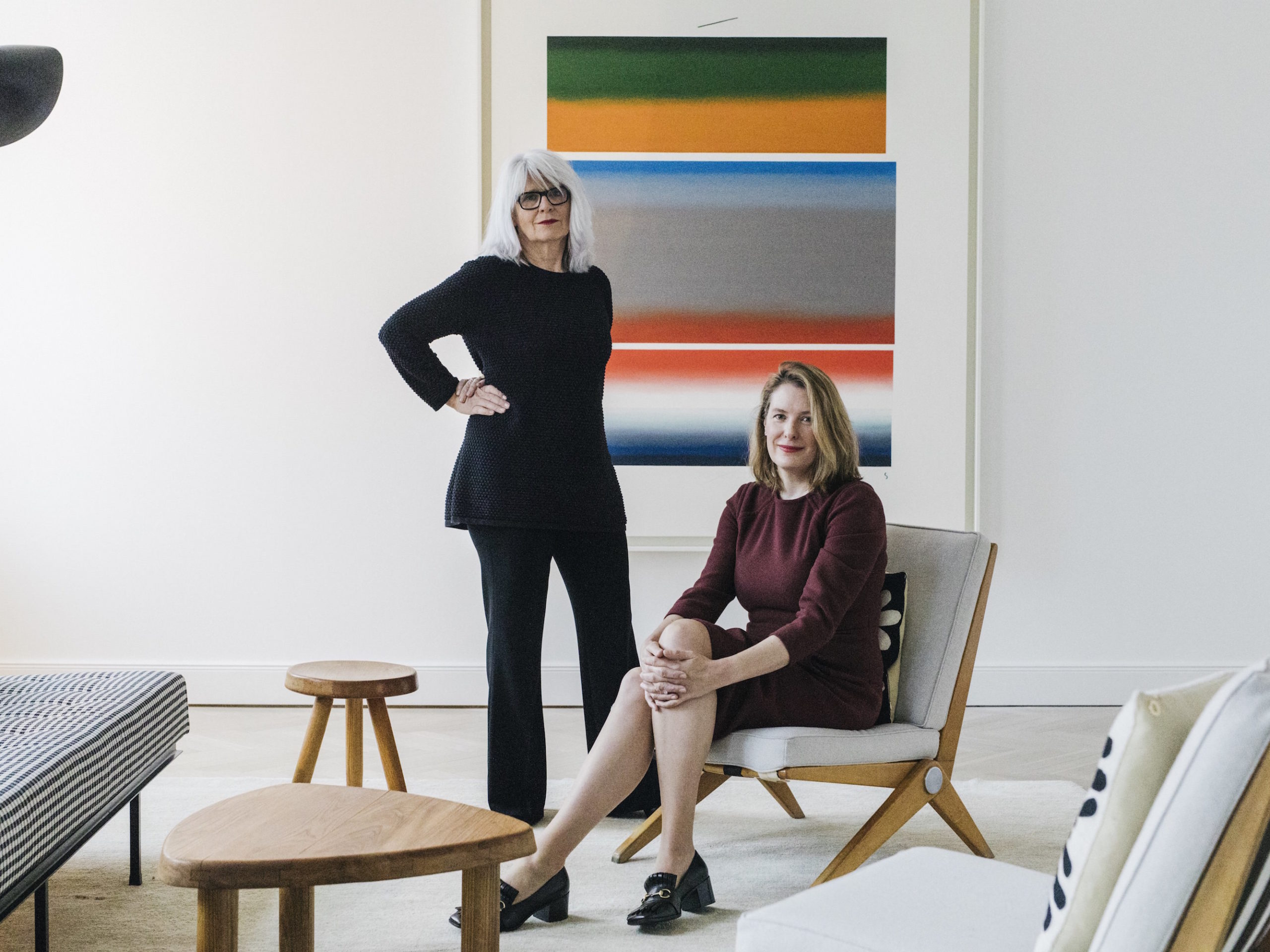 Portrait by Robbie Lawrence
Portrait by Robbie Lawrence
PHILOMENE MAGERS: It is interesting how our perspective has shifted. A couple of months ago, we thought we had achieved a lot. It felt unnecessary to just focus on feminism. It still mattered to us, but we were focused on many other issues. Now it feels very important to refocus on feminism and women’s rights. I am completely pro political correctness. It has led to progressive improvements.
WW: But those improvements are being recalled and undermined now. What do you think being a woman artist means now?
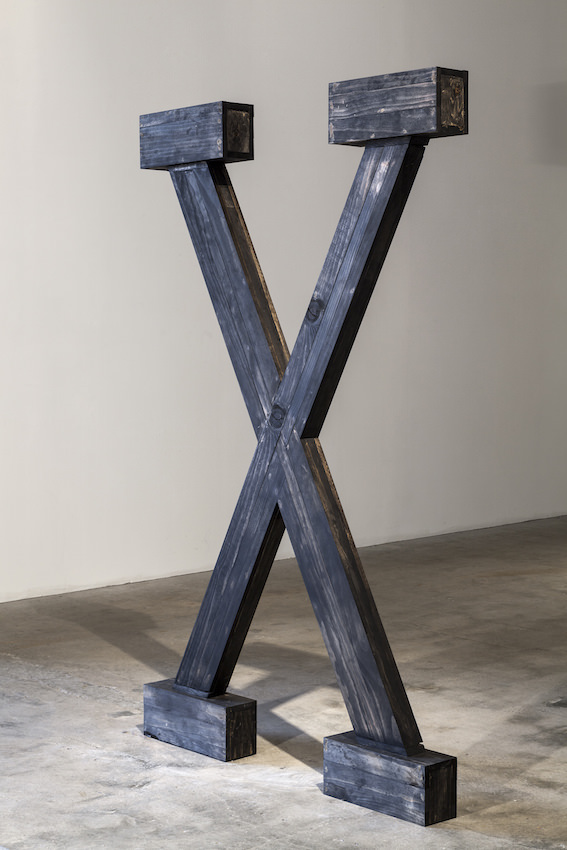 Brenna Youngblood
Brenna YoungbloodX
2012
Tree
78.5 x 47 7/8 x 5 inches
Courtesy of Honor Fraser Gallery
Photo by Josh White
MONIKA SPRÜTH: The reality is that there is inequality between men and women. Most women artists are aware of this and understand the necessity to address this publicly and to be a role model for a younger generation.
PM: The different sensitivities are important. Women artists do not transfer economic market structures into the art world that much. I mean for their own production of artworks but also for the art market and pricing.
 Faith Ringgold
Faith RinggoldBlack Light Series #10 Flag for the Moon: Die Nigger
1969
Oil on canvas
36 x 50 inches
Courtesy of ACA Galleries NYC
WW: In that case, is there a need or value to making political art?
PM: That is the question! Ever since I started thinking about art, I’ve been going back and forth asking myself about the necessity of political art. Have you seen the film by Adam Curtis from the BBC called HyperNormalisation? What struck me in that movie was his observation that artists in the seventies became spectators. They were passive, like passersby, instead of being rebels and forming a resistance. They would comment on political issues without physically interfering. They stopped interfering and started taking positions from a distance.
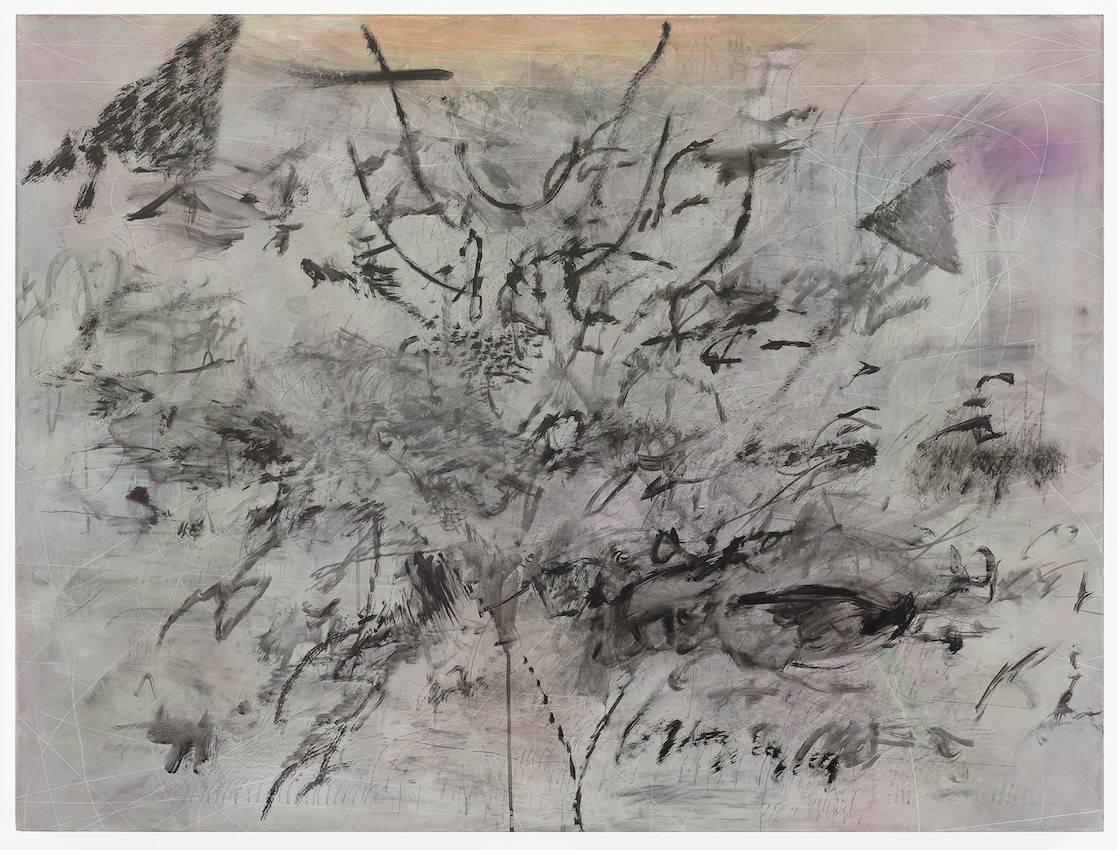 Julie Mehretu
Julie MehretuUntitled
2012
Ink, graphite, and acrylic on linen
36 x 48 x 2 inches
Courtesy of Marian Goodman Gallery
WW: Thanks to social media and immediate reporting, we’ve all seen the enormous wealth of extraordinary protest signs at the Women’s March. All over the world, the signs were humorous, creative, and even beautiful. It often feels like activism is more artistic than art is politically engaged.
MS: Yes, this was really great, but I also saw strong political statements in a creative way. What strikes me, and makes me sad, is that so many issues from the seventies and eighties we have to worry about again. I saw the old anti-abortion poster from Barbara Kruger . . .
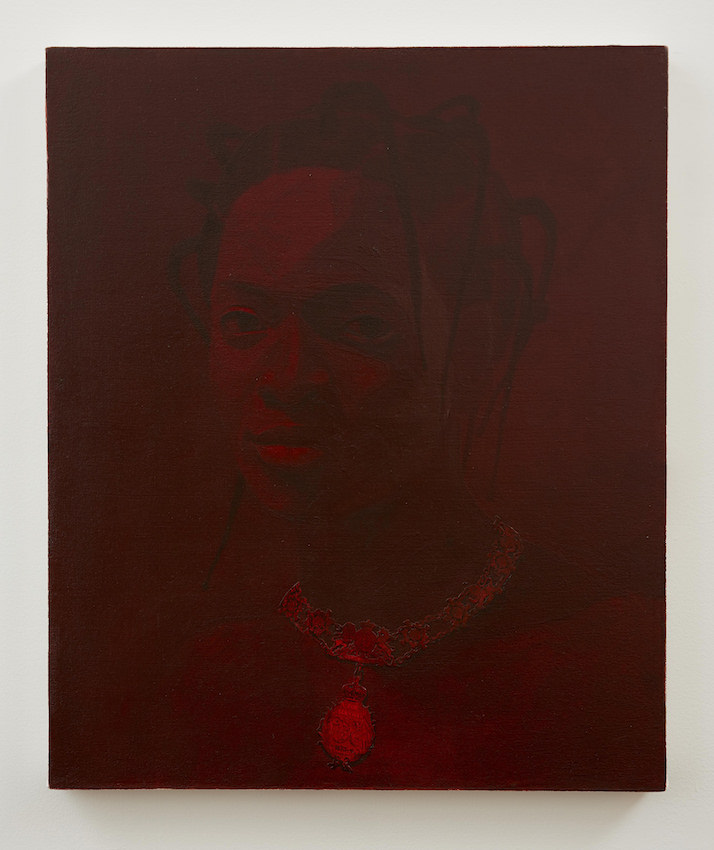 Njideka Akunyili Crosby
Njideka Akunyili CrosbyFor Services – Victoria Regina
2013
Oil, acrylic and collage on canvas
24 x 20 inches
© Njideka Akunyili Crosby
Photograph by Jason Wyche
WW: I saw that! Her Your Body Is a Battleground work was used in signs around the world. That is really a rare example of an artwork being both.
PM: Yes! Since I was in my twenties, I’ve been asking myself whether it is more important to be a political journalist or a political artist. How can we get things moving? I believe art can have a political impact, but its audience is limited. The audience is us. We don’t need to be convinced, but maybe we can still help to transport these issues to a bigger audience.
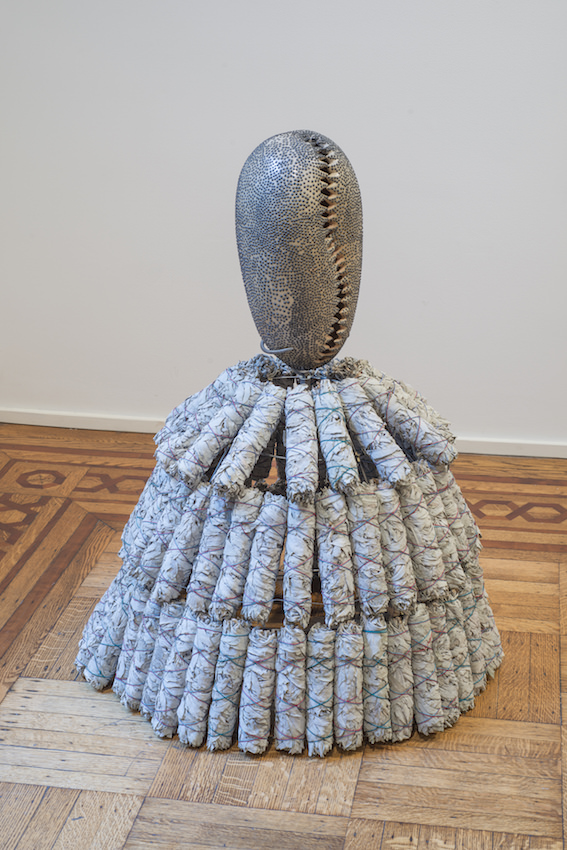 Simone Leigh
Simone LeighCowrie (Sage)
2015
Terracotta, porcelain, sage, string, wire, steel
36 x 28 x 28 inches
© Simone Leigh
Courtesy of the artist and Luhring Augustine, New York
WW: I don’t know about that. There are many collectors whose interest in art, or particular artists’ work, is entirely at odds with their politics and behavior in the world. There are many people in art’s audience who still need convincing, unless they’re completely immune to art’s message. How much can art do when people with influence live with art without having it inspire their self-reflection or influence their attitudes toward other people?
PM: My confidence in political art is shaken. There are collectors who are deeply involved in art, especially women’s art, and some of them voted against women. What does that mean? If only a certain group of wealthy people and intellectuals look at art, and it doesn’t even impact those small groups, it’s shocking.
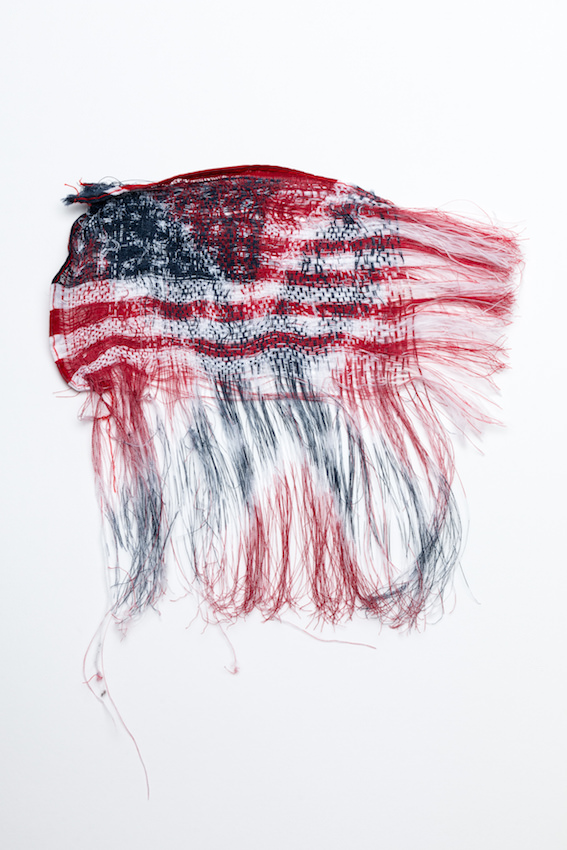 Sonya Clark
Sonya ClarkInterwoven II
2016
Cotton flags unwoven and rewoven
© Sonya Clark
Courtesy of the Artist
Photography by Taylor Dabney
MS: Art is mainly a culture for the elite—this is a fact. Even if certain artists are popular, art never has an audience like pop music, but it can initiate discussions and help to create a political conscience.
WW: Yes, artists should not be insular and create work that only speaks to that microscopic minority.
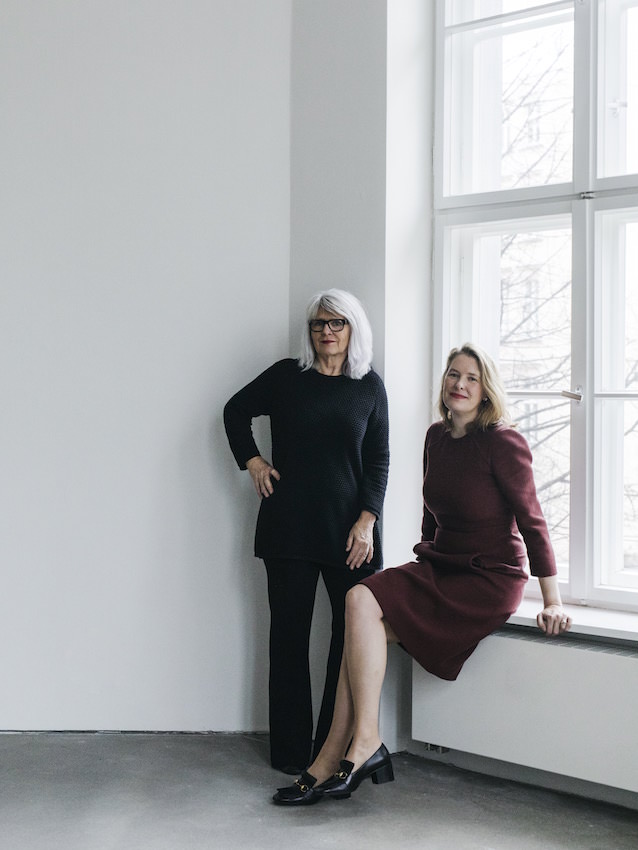 Portrait by Robbie Lawrence
Portrait by Robbie Lawrence
MS: You need to be aware of the world. Most interesting artists understand the world’s contradictions and complexities. But, as Philomene said, political awareness is so important. Much politically motivated art illustrates ideas that could be expressed better by journalists in a documentary or an article instead. Of course, it is best when artists manage to bring the right idea into the right form.
WW: I think artists and journalists or theorists work best together. The most meaningful political art needs to compel viewers to question their values and inspire them to research the complexities of different issues or positions.
This article is published in Whitewall‘s spring 2017 Women in the Arts Issue.






